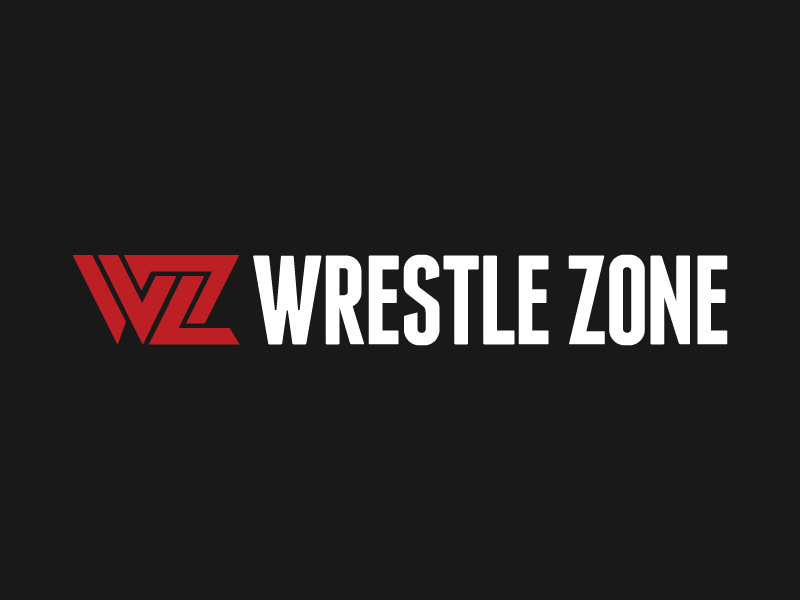Unfortunately, most members of the TNA roster – even the ones mentioned in this comment thread – have serious warts that will keep the WWE from giving them a call. The biggest problem, which I will allude to repeatedly, is age. This may seem a bit hypocritical, as I’ve already hailed RVD’s recent return a success. The difference is that RVD is a known commodity; not only are the fans already invested in him because of his past history as a Grand Slam champion, he also understands how to perform in the WWE. The latter part of that equation is vital. As Daniel Bryan recently said, popularity in the WWE isn’t necessarily synonymous with being a good wrestler. It’s entertainment, not wrestling. Even for exceptional performers, this can take awhile to sink in. Look at Antonio Cesaro: I don’t know if there was anyone on the independent scene who was consistently putting on better matches than he, yet it still took two minor gimmick changes and a loooong run as the U.S. Champion before he started getting much of a crowd reaction in the WWE.
That was fine in Cesaro’s case. He was 31 when he made his first WWE appearance, so the Fed will still likely have plenty of opportunities to recoup their investment in him. This extended window of opportunity was entirely by design. Triple H appears to have altered the model of free agent signings entirely. The WWE isn’t looking to sign guys in their mid-to-late 30s; those wrestlers are past the point where they can improve, and the Federation would be paying them based on what they had accomplished in the past. For baseball fans out there, this is the same lesson that the Los Angeles Angels (with their wildly underperforming acquisitions of Albert Pujols and Josh Hamilton) and Philadelphia Phillies (we should probably just call this the “Ryan Howard Lesson”) are learning so painfully right now.





